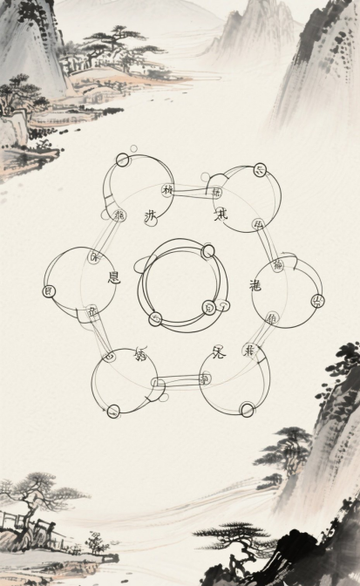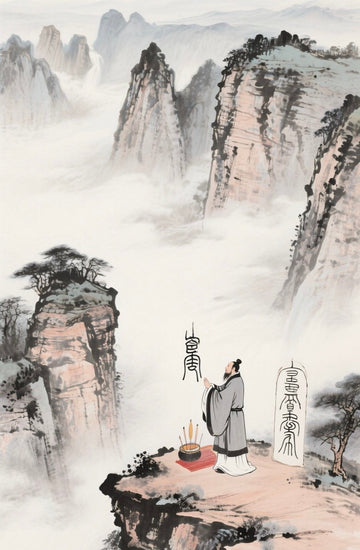Taoism, the only indigenous religion in China, has a long and rich history spanning thousands of years. It is deeply rooted in the soil of traditional Chinese culture and has exerted a profound and lasting influence on various aspects of Chinese society, including ideology, culture, and customs.
The period from the Eastern Han Dynasty (25-220 AD) to the Wei, Jin, Southern and Northern Dynasties (220-589 AD) was a crucial stage in the formation and establishment of Taoism. In the first year of Han'an during the reign of Emperor Shun (142 AD), Zhang Daoling founded Tianshi Dao (Celestial Master Taoism) in Heming Mountain, Sichuan. This marked a milestone as the first Taoist sect in history with complete doctrines and organizational structure. Tianshi Dao had a clear belief system and a strict organizational framework, laying a solid foundation for the subsequent development of Taoism. Later, as the sect leader Zhang Lu surrendered to Cao Cao, a large number of believers followed Cao's army to migrate and settle in places such as Guanlong, Luoyang, and Yecheng. This wave of migration enabled Tianshi Dao to spread widely in the north, expanding the influence of Taoism.
During the Wei, Jin, Southern and Northern Dynasties (220-589 AD), Taoism underwent further development and improvement. In this period, Taoist classics were continuously enriched, cultivation techniques became increasingly sophisticated, and ritual norms became more elaborate and systematic. New Taoist sects emerged like bamboo shoots after rain and gradually gained recognition and support from rulers. Taoism evolved from a folk belief into a mature orthodox religion, with its social status significantly enhanced.
The Tang Dynasty (618-907 AD) and the Northern Song Dynasty (960-1127 AD) witnessed a golden age for Taoism. Due to the high respect from the ruling class, Taoism gained enormous social influence. Rulers not only built temples for Taoism but also strongly supported its development, leading to the further strengthening and improvement of Taoist philosophy, health-preserving techniques, incantation rituals, and rules and regulations. Meanwhile, new changes emerged within Taoism during this period. The most prominent one was the emergence of the thought of the unity of Confucianism, Buddhism, and Taoism. The three ideologies communicated and integrated with each other, enriching the connotation of Taoism. In addition, the rise of the Jindan (Golden Elixir) Taoist sect, which focused on internal alchemy, added new content to Taoist cultivation methods.
In the Southern Song Dynasty (1127-1279 AD) and the Yuan Dynasty (1271-1368 AD), Taoism underwent tremendous transformations. Various Taoist sects emerged in large numbers across the north and south. These sects competed with and learned from each other, making Taoism more diverse. Each sect had its own characteristics in doctrines, cultivation methods, and organizational forms, collectively promoting the development of Taoism.
During the Ming Dynasty (1368-1644 AD), Taoist beliefs and culture had deeply permeated all aspects of Ming society. It exerted a significant impact on the creation of literary and artistic works such as operas, novels, poems, music, and paintings at that time. Many excellent works contained Taoist ideological concepts and aesthetic tastes, becoming bright pearls in the treasure house of Chinese culture.
However, after entering the Qing Dynasty (1644-1911 AD), the development of Taoism stagnated and gradually became rigid. With the changes of the times and social transformations, the influence of Taoism in society declined. It was not until the founding of New China that the Chinese Taoist Association came into being. It actively promoted the unity and union of Taoism across the country, enabling Taoism, as the only indigenous religion, to continue to inherit and develop, and still play an important role in contemporary society.
The history of Taoism is a history of constantly adapting to social development and absorbing and integrating various cultural elements. It has witnessed the changes of Chinese society and carries the unique spiritual pursuit and cultural genes of the Chinese nation. Its rich connotation and far-reaching influence will continue to shine in the long river of history.




